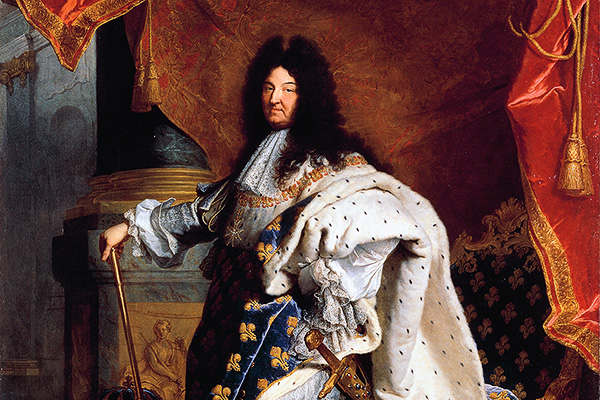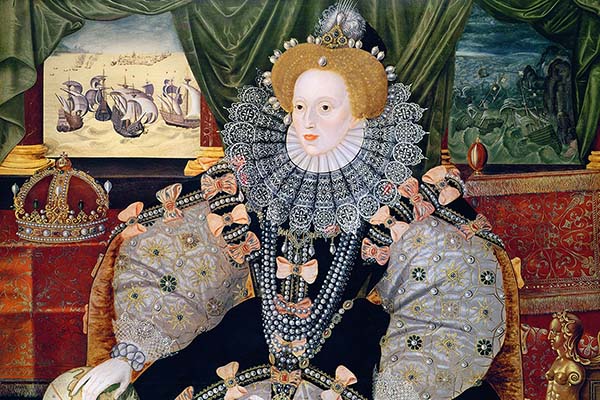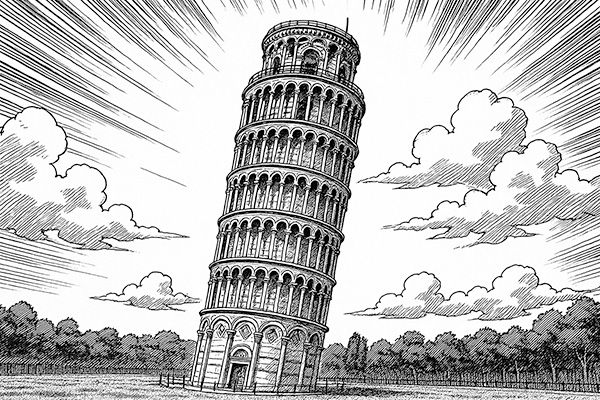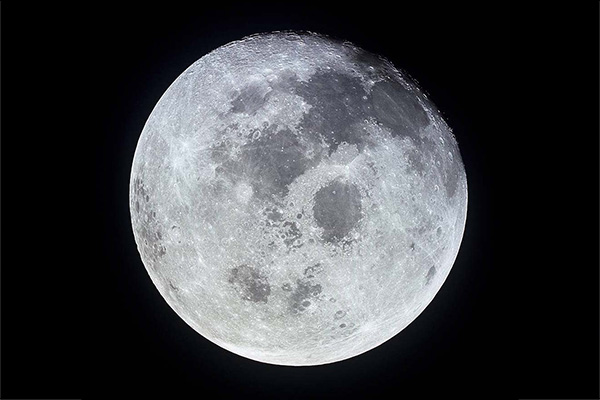
The calendar used in most countries today is the Gregorian Calendar, introduced by Pope Gregory XIII in 1582. Its predecessor, the Julian Calendar, was introduced hundreds of years earlier by Julius Caesar. The Gregorian Calendar corrected the inaccuracies of the Julian Calendar and became widely adopted, though some Protestant and Orthodox countries took centuries to switch.
The Julian Calendar was based on the assumption that Earth takes 365.25 days to orbit the Sun, so it added an extra day every four years. However, Earth's actual orbit is slightly shorter - 365 days, 5 hours, and 49 minutes - so adding a day every four years was too much. The Gregorian Calendar solved this by skipping some Leap Years: years divisible by 4 are Leap Years, but years divisible by 100 aren't, unless also divisible by 400. For example, 1800 and 1900 weren't Leap Years, but 2000 was.
Moving from the Julian Calendar to the Gregorian Calendar required skipping days to realign with the solar year. In 1582, countries like Spain, Portugal, and Italy moved directly from Thursday, October 4, to Friday, October 15, skipping 10 days. By the time Britain adopted the Gregorian Calendar in 1752, they needed to skip 11 days, moving from Wednesday, September 2, to Thursday, September 14. Many people were confused or even angry, believing they had lost days of their lives.
The total number of days in any five consecutive months that don't include February always equals 153 days, regardless of where you start. For example: August (31) + September (30) + October (31) + November (30) + December (31) = 153 days. This pattern applies across the calendar year.
While the Gregorian Calendar is the most widely used globally, other significant calendars include the Chinese Calendar, the Hebrew Calendar, the Islamic Calendar, the Persian Calendar, the Ethiopian Calendar, and the Balinese Pawukon Calendar. These calendars are often tied to cultural, religious, or astronomical events and continue to play important roles in various societies.
Although the Chinese use the Gregorian Calendar for daily life, their traditional calendar is still vital for determining the dates of festivals like Chinese New Year and for agricultural activities. The Chinese Calendar is based on astrology and the positions of the moon, Sun, and stars, making it closely connected to ancient traditions and celebrations.
In ancient times, months were calculated based on the Moon's orbit, which takes about 29.5 days. This lunar cycle marked the beginning of a new phase of the Moon, influencing early calendars. The word "month" comes from "moon," reflecting its origin as a "moonth."
The word calendar comes from the Latin Kalendae, meaning the first day of the month, when new moons and debt payments were announced in ancient Rome. Similarly, the names of September, October, November, and December reflect their positions in the Roman calendar, where they were the 7th, 8th, 9th, and 10th months - "septem" means 7, October comes from "octo" meaning 8, November from "novem" meaning 9 and December from "decem" meaning 10. This is before January and February were added.
The ISO 8601 week date system is an internationally recognised standard for numbering weeks. Weeks start on a Monday and are numbered 1 to 52 (or 53) each year. The first week of the year is defined as the one containing 4th January, ensuring consistent and logical week numbering. This system is widely used in business, logistics, and international communication.
Sweden's transition to the Gregorian Calendar in the 18th century was messy. Initially, they planned to gradually phase out the Julian Calendar by skipping all Leap Years between 1700 and 1740, but they abandoned this plan in 1712. To revert to the Julian Calendar, they added an extra Leap Day, resulting in a 30th of February in 1712. Sweden eventually adopted the Gregorian Calendar in 1753, skipping 11 days like Britain.















